By Louise Irvine
This weekend, Brits around the world are celebrating Queen Elizabeth II’s Platinum Jubilee, the first time a British monarch has reigned for 70 years. We are highlighting the “Royal” in Royal Doulton and exploring the company’s illustrious royal history in the wide-ranging WMODA collection. Hanging above the museum’s reception desk is the Royal Coat of Arms which was formerly displayed on the exterior of the Royal Doulton factory in Stoke-on-Trent to indicate their status as holders of the royal warrant.
Royal Warrant
Royal warrants of appointment are a mark of recognition for companies that supply goods or services to the Household of HM The Queen. It is the ultimate seal of approval or prestige. In 1861, after Prince Albert died, Queen Victoria commissioned Doulton & Watts to make water filters for the royal residences and the brown stoneware designs feature the royal coat of arms, as do the company’s stoneware spirit barrels which were also supplied to the palaces. Examples of these early Doulton Lambeth armorial stonewares can be seen today at the Royal Pavilion in Brighton.
Royal Coat of Arms
On the British Royal Coat of Arms, the supporting lion represents England and the unicorn stands for Scotland. Three golden lions were first used on the royal shield by King Richard the Lionheart to symbolize his authority. The harp is the emblem of Ireland and in the greenery below the thistle, rose and shamrock represent Scotland, England and Ireland respectively. “Dieu et mon droit” is the sovereign’s motto and means “God and my right.” Honi soit qui mal y pense is the motto of the Order of the Garter, the most senior order of knighthood in the British honors system. It translates as "Shame on him who thinks evil of it".
Queen Victoria 1837-1901
Henry Doulton was the first British potter to be honored with a knighthood from Queen Victoria and his Lambeth and Burslem Potteries commemorated Her Majesty’s Golden and Diamond Jubilees with a wide range of commemorative wares. When the Queen died in 1901, she was memorialized by Doulton’s Lambeth sculptor, John Broad. His life size terracotta statues were erected in parks and town centers, often with guardian lions, one of which can be seen at WMODA. The Museum has been thrilled to host afternoon tea parties with preview screenings of the Victoria TV drama series in association with PBS South Florida.
King Edward VII 1901-1910
In July 1901, the Doulton company was granted King Edward VII’s Royal Warrant of Appointment as well as permission from the King to use the title ‘Royal’ in describing their Potteries and Manufactures. To mark His Majesty’s coronation, George White painted an exquisite portrait of the monarch and Enoch Piper painted the King’s coat of arms on a bone china plaque which for many years was displayed at the Burslem factory. The King asked the Doulton company to produce half a million beakers for the poor people of London attending his special Coronation dinner. Doulton also provided a further half million beakers at their own expense for presentation in hospitals, orphanages, and other institutions.
King George V 1910-1936
Two years after King George V and Queen Mary acceded to the throne, they visited the Royal Doulton factory in Burslem in 1913. Art Director, Charles Noke, later admitted that he shared the closely guarded recipe for flambe wares with the King during the factory tour but claimed his secret was in safe hands! Queen Mary was an enthusiastic connoisseur of fine china and endorsed Noke’s new collection of Royal Doulton figures. The first child study was named Darling in her honor after Her Majesty exclaimed “Isn’t he a darling!”
Queen Mary
Queen Mary continued to purchase Royal Doulton figures and tablewares at trade fairs and exhibitions through the 1930s. She also acquired numerous commemoratives celebrating Queen Victoria’s Jubilees which are displayed at Frogmore House in Windsor. Another of Queen Mary’s collecting passions was tiny objets d’art, a hobby that inspired the creation of Queen’s dollhouse now on display at Windsor Castle. The Royal Doulton Potteries were invited to make miniature tableware and storage jars for this time capsule of Royal life in the 20th century.
King Edward VIII & King George VI 1936-1952
Royal Doulton introduced a figure of the Prince of Wales in riding dress in 1926 but it was withdrawn when the King abdicated to marry Mrs. Wallis Simpson in 1936. Large quantities of Edward VIII memorabilia had already been produced when his brother King George VI succeeded him. During the 1930s, Royal Doulton marked royal occasions with large ceremonial loving cups emblazoned with portraits of the monarchs and symbolic insignia.
Queen Elizabeth II 1952-C
Princess Elizabeth admired a display of these colorful royal souvenirs when she visited the Royal Doulton factory in 1949. During her visit, Her Majesty was presented with a model of Monaveen, her first racehorse winner before she was crowned. Only two models of the royal steeplechaser were ever made and one is now at WMODA. Major events during the reign of Queen Elizabeth II have been commemorated by Royal Doulton, including her coronation and Jubilee celebrations. The royal family weddings have created huge media attention and one of Royal Doulton’s red-letter days was the visit of Diana, Princess of Wales in 1984.
Platinum Jubilee Celebrations
It is estimated there will be more than 16,000 street parties across the UK during the four-day bank holiday weekend bringing together communities, neighbors, friends, and families. It’s time to show off the best teatime china at garden parties with royal-themed menus – maybe with some commemorative cookies in the form of corgis! As well as all our Royal Doulton treasures, we are showcasing the Wedgwood Coronation Teapot from 1953 which features a portrait of Her Majesty and the late Duke of Edinburgh.
Read more...
Queen Victoria
Queen Elizabeth’s Racehorse
Queen Mary’s Dollhouse
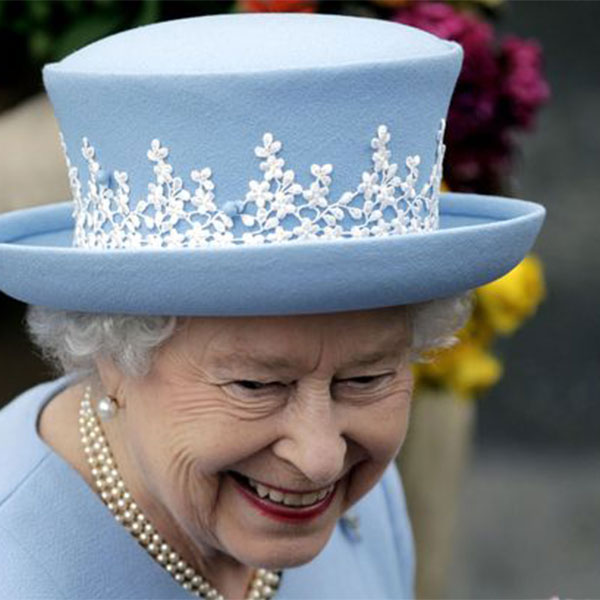
Queen Elizabeth II Wedgwood style hat
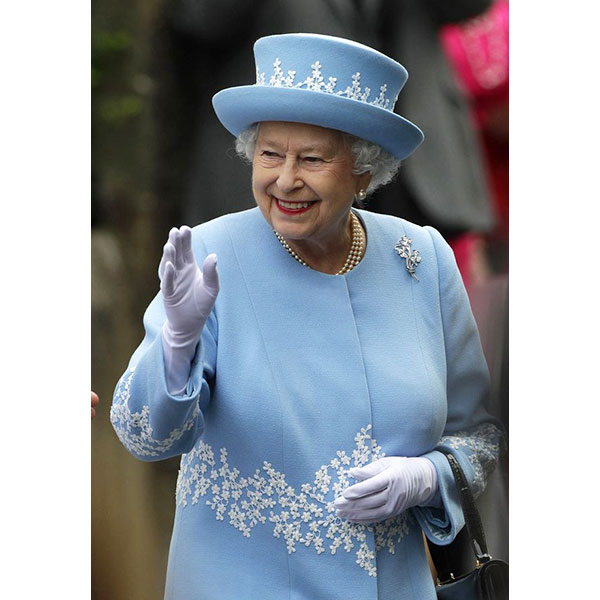
Queen Elizabeth II Wedgwood style hat
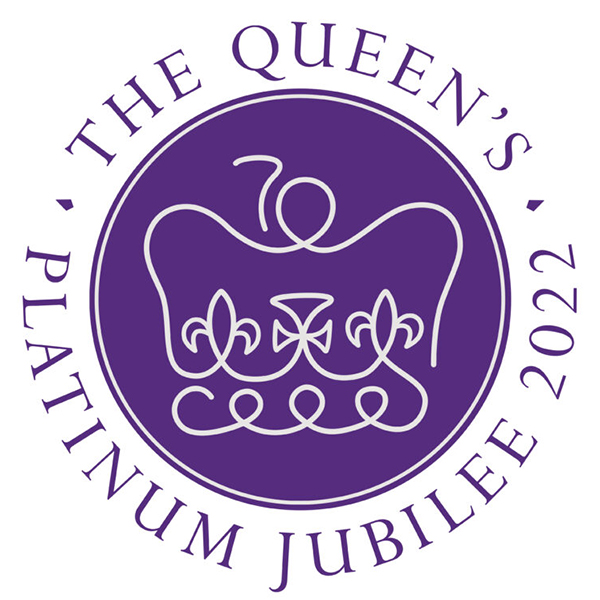
The Queen's Platinum Jubilee
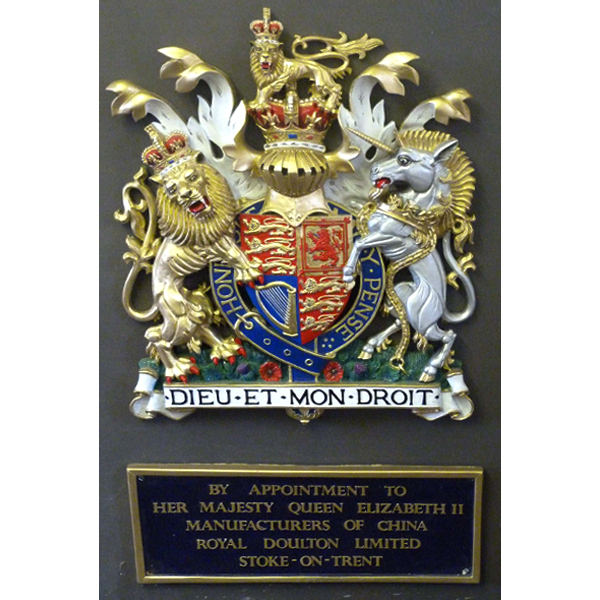
Royal Warrant Sign at Royal Doulton
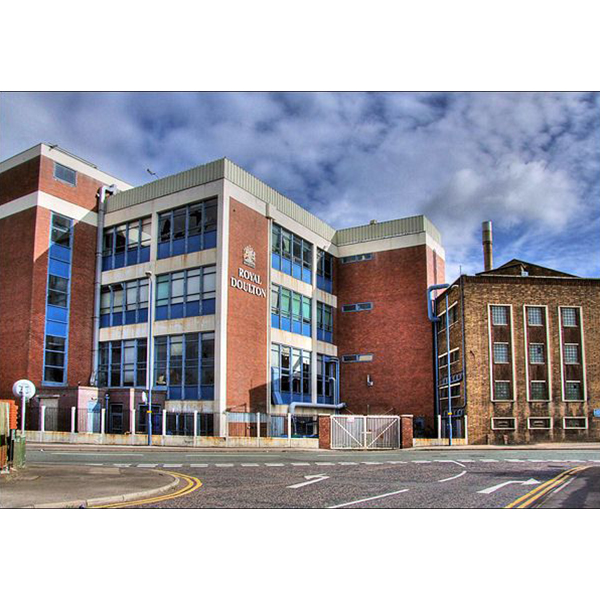
Royal Doulton Nile Street Royal Warrant
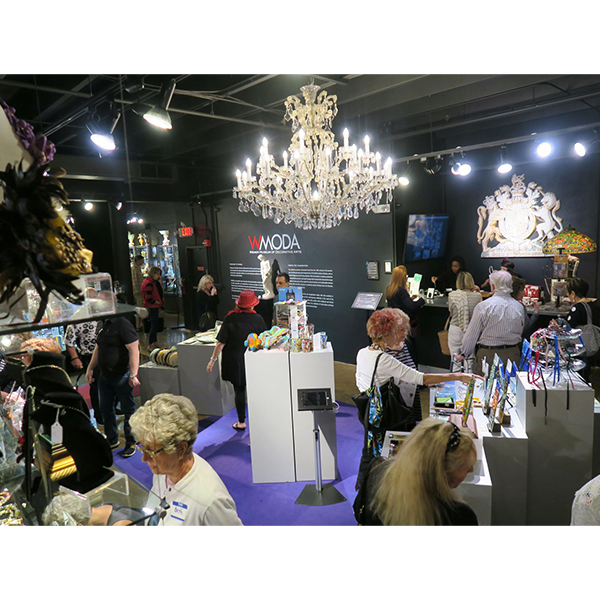
The Royal Coat of Arms in the WMODA shop
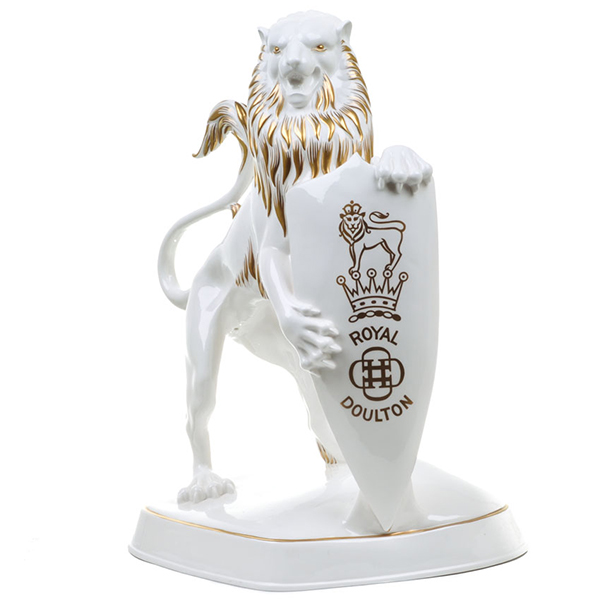
Royal Doulton Lion
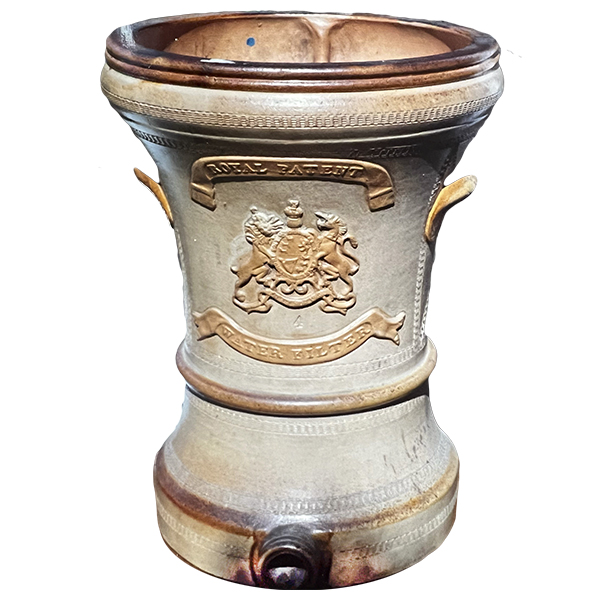
Doulton Victorian water filter
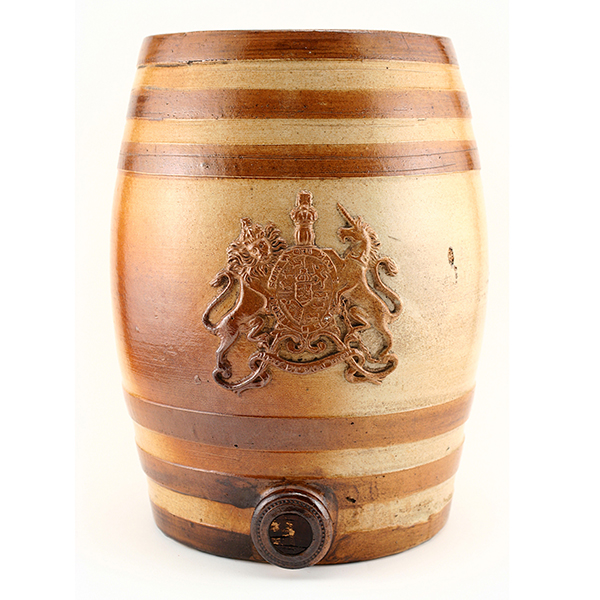
Doulton Stoneware Armorial Barrel
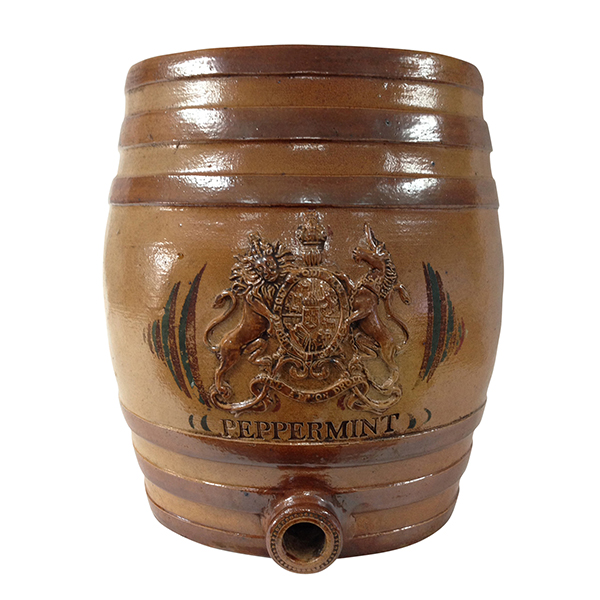
Doulton Stoneware Armorial Peppermint Barrel
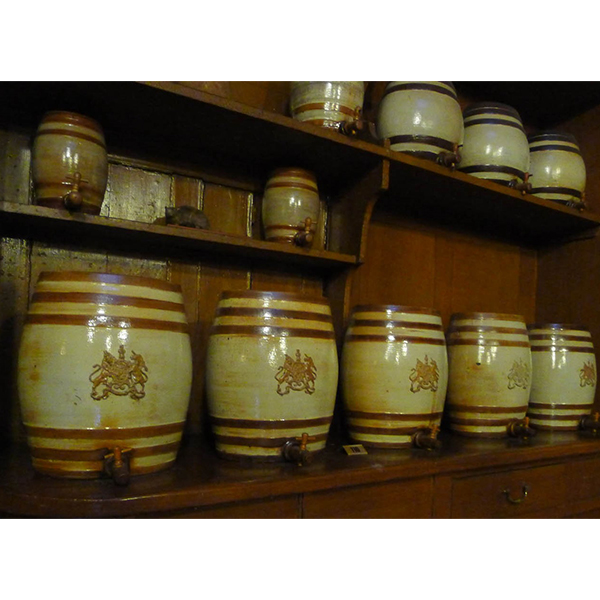
Doulton Armorial Barrels at the Brighton Pavilion
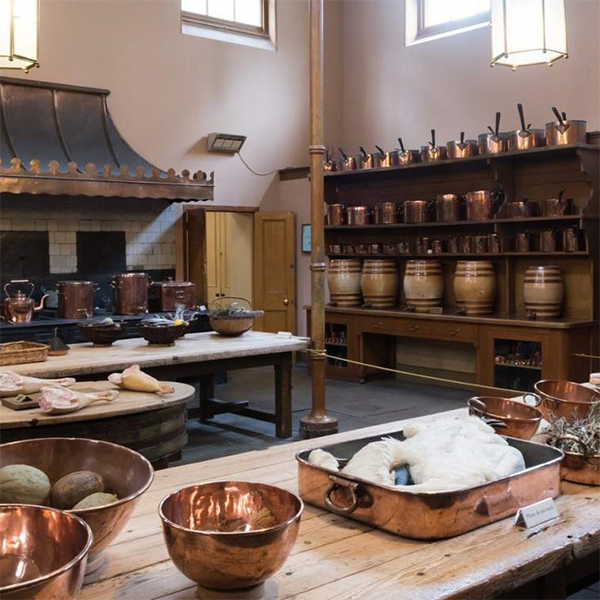
Royal Pavilion Kitchen Brighton
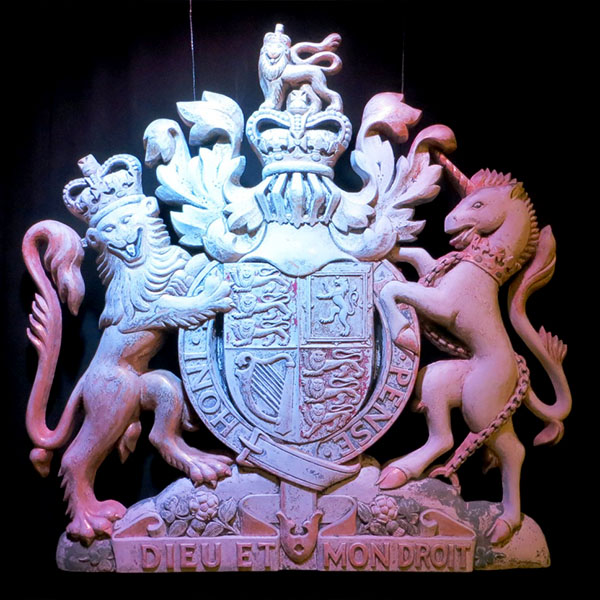
The Royal Coat of Arms at WMODA
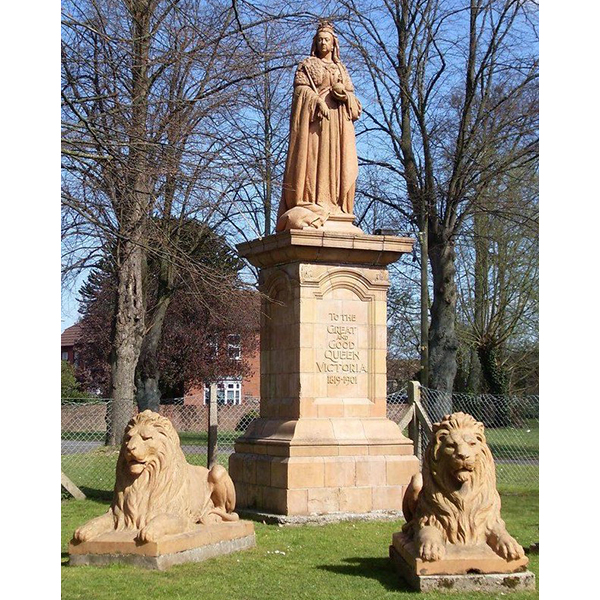
Queen Victoria statue Newbury Berks
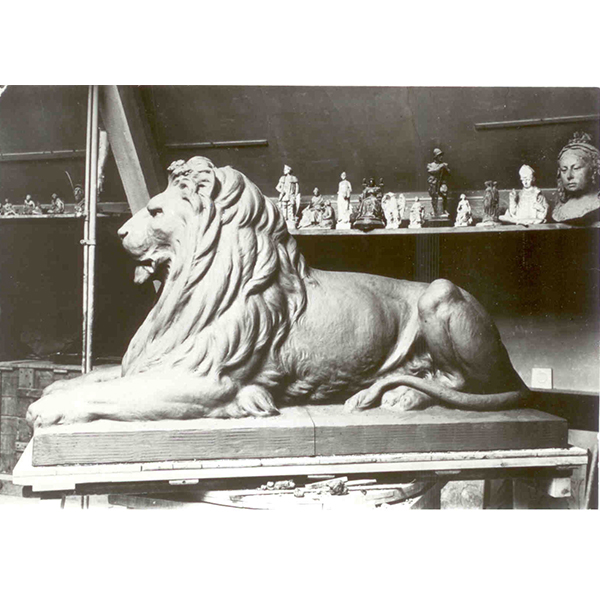
John Broad Studio with Lion
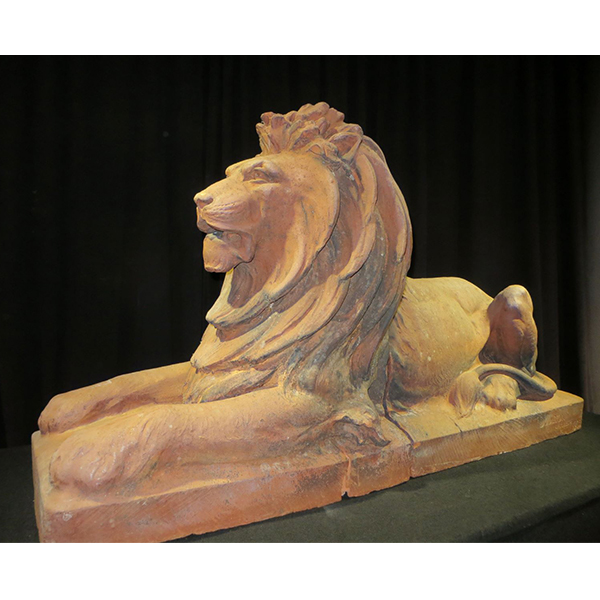
Doulton Terracotta Lion by J. Broad
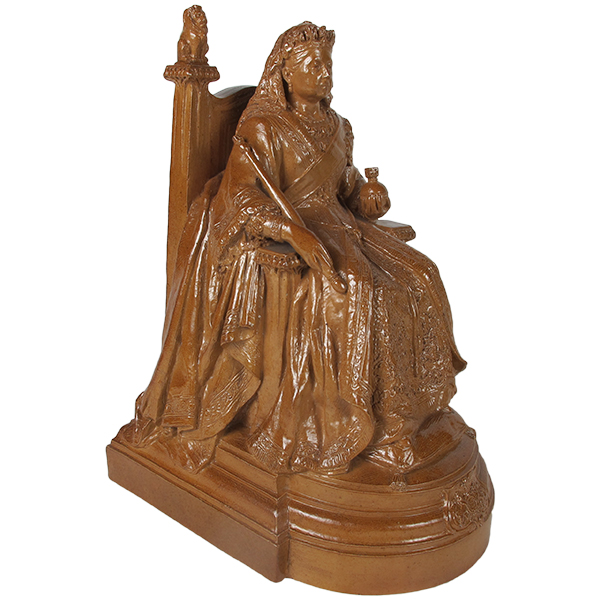
Queen Victoria by J. Broad
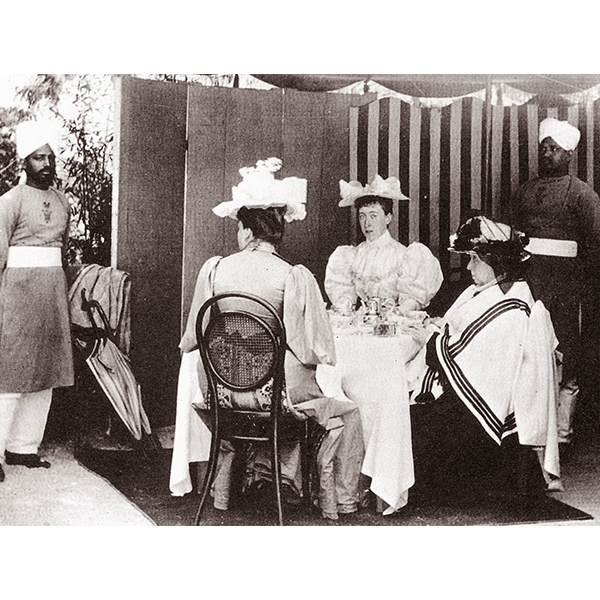
Tea with Queen Victoria
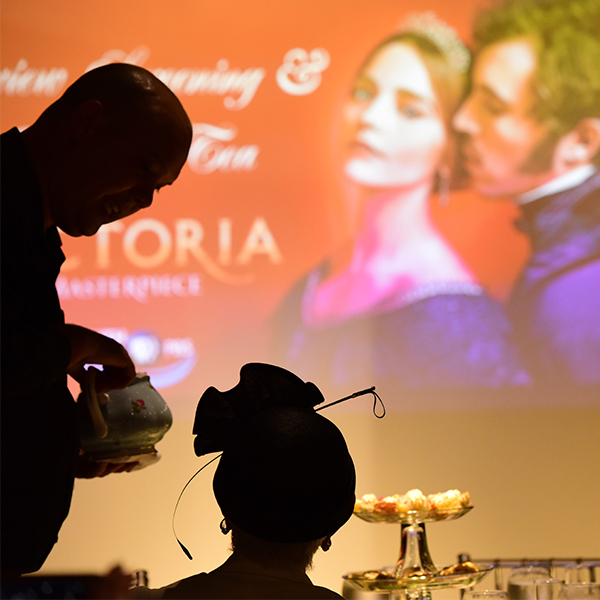
Victoria Tea Party at WMODA with South Florida PBS Photo Aylin Marcello
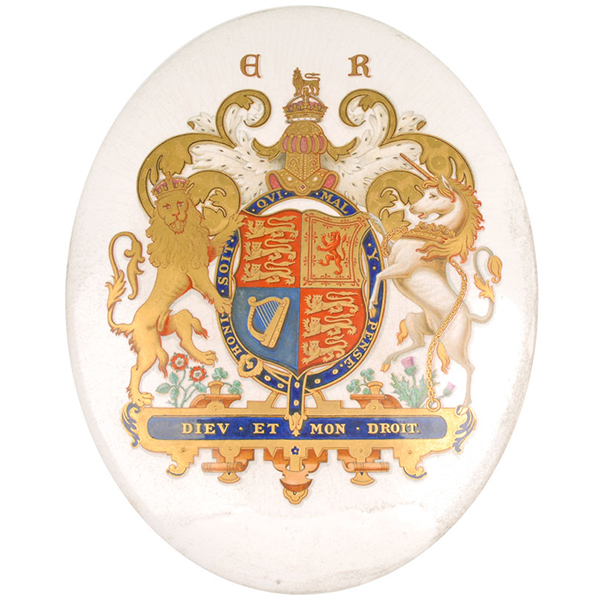
Edward VII Royal Coat of Arms
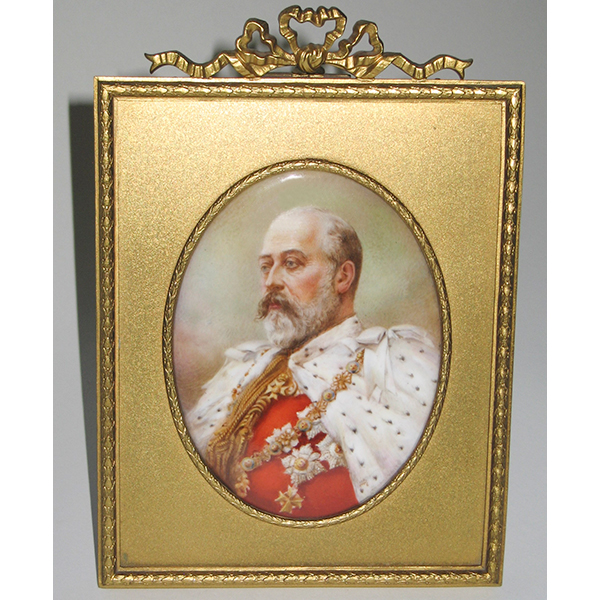
King Edward VII portrait by G. White
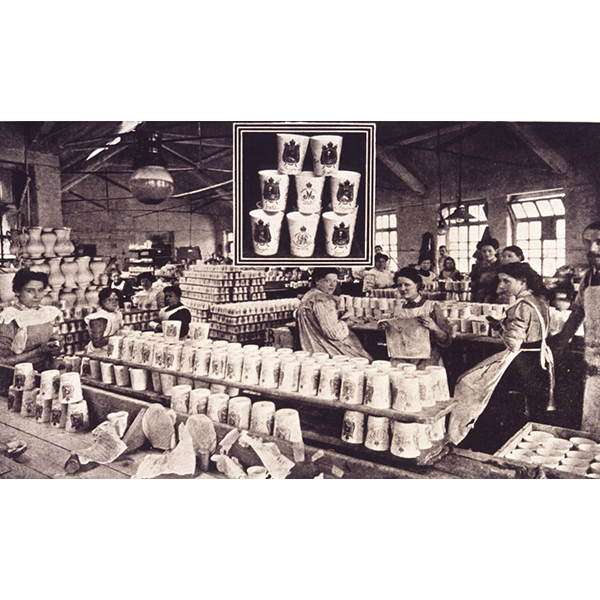
Making King Edward VII's Coronation Beakers at Royal Doulton
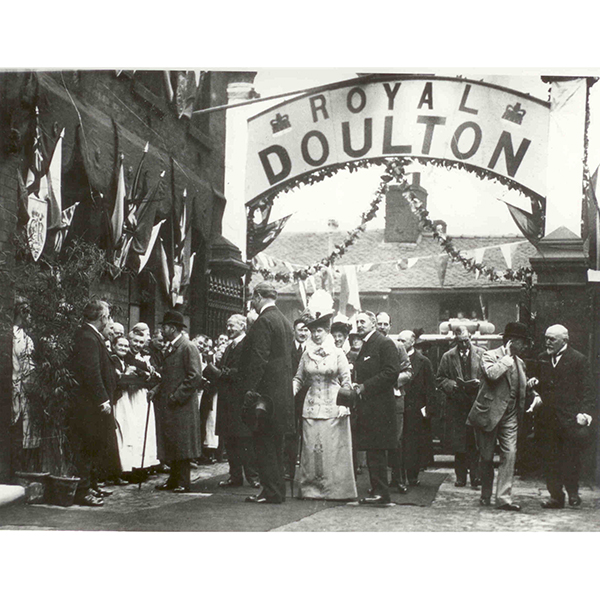
King George and Queen Mary at Royal Doulton
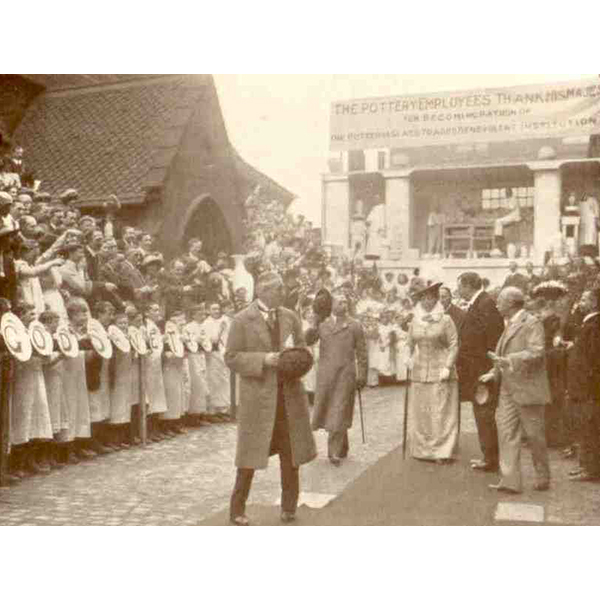
King George V & Queen Mary at Royal Doulton factory
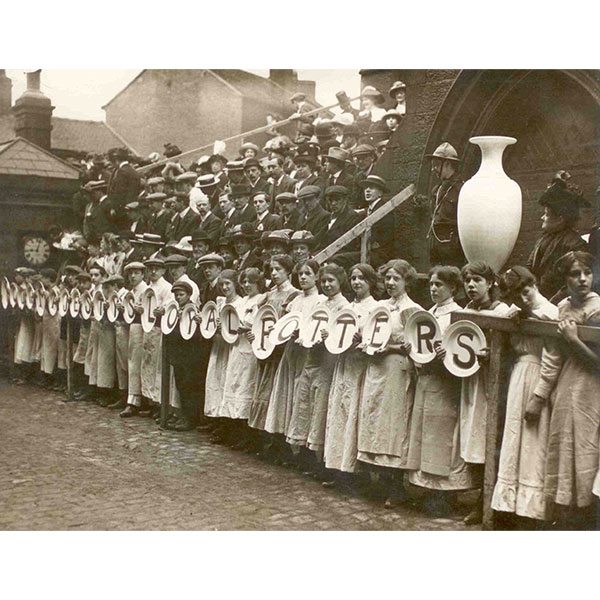
Your Majesty's Loyal Potters
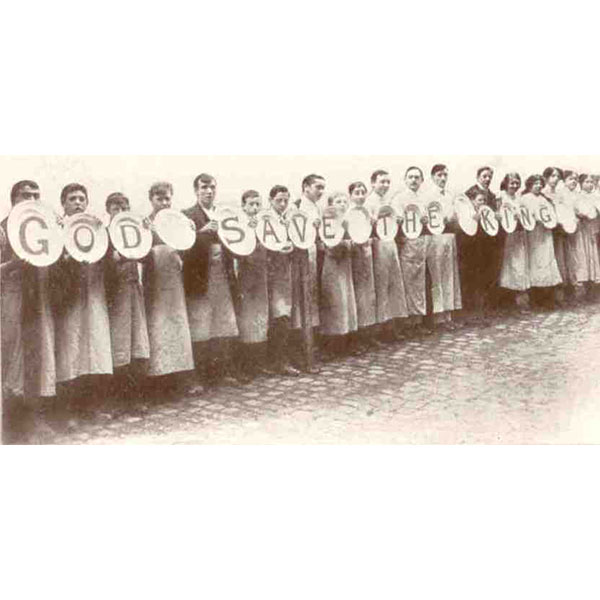
God Save the King
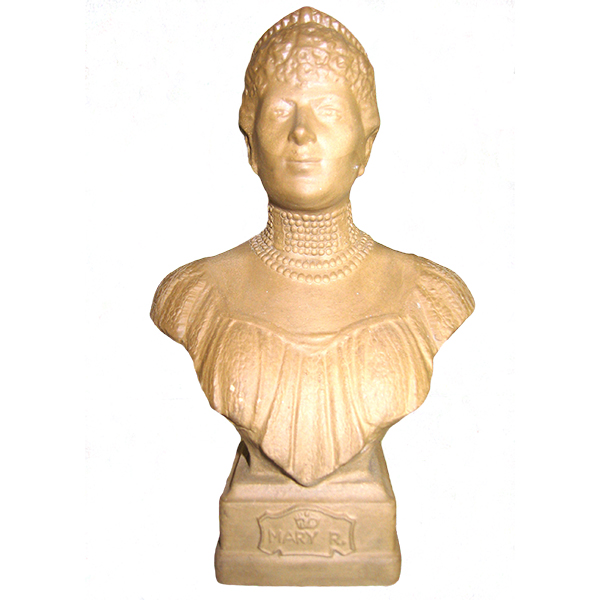
Queen Mary bust by L. Harradine
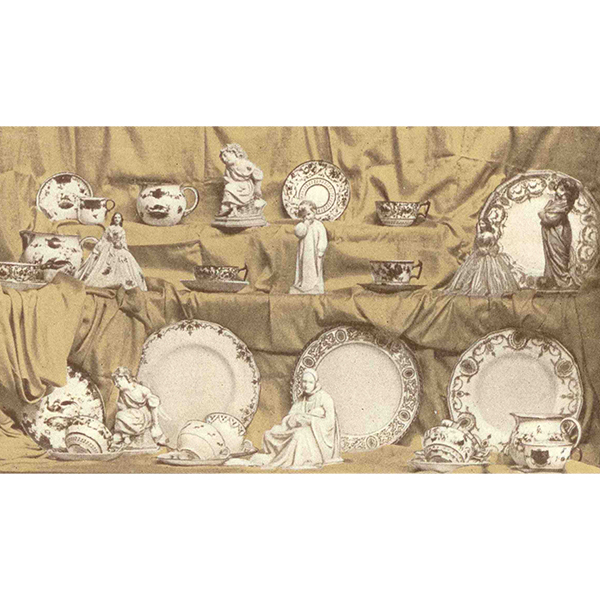
Royal Doulton Display admired by Queen Mary
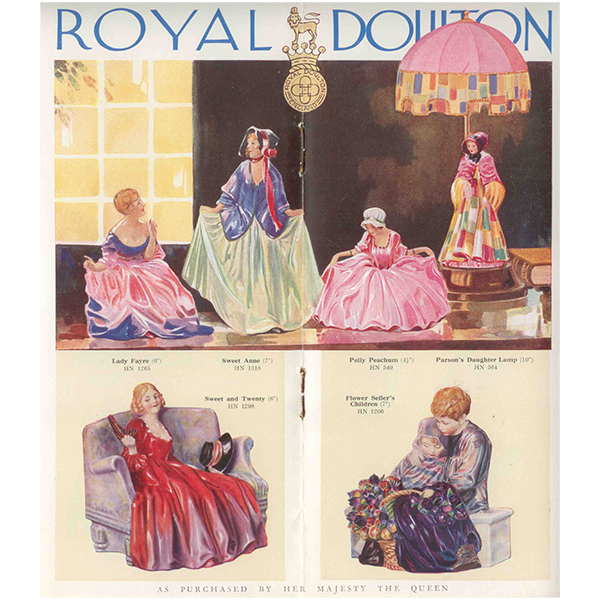
Royal Doulton Figures As Purchased by HM Queen Mary
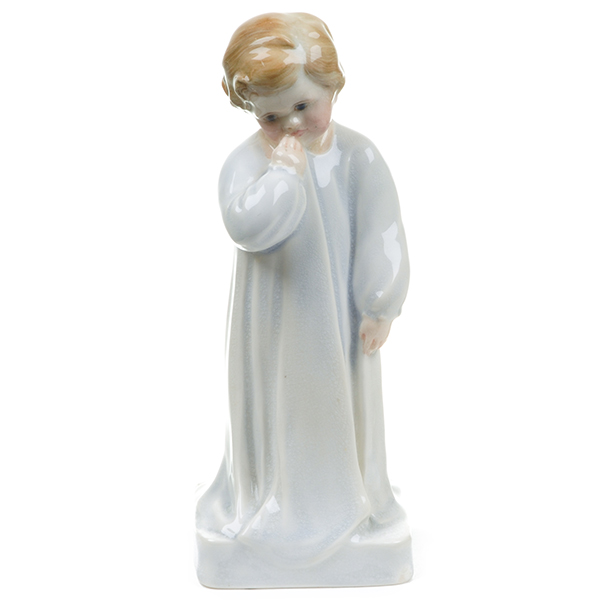
Royal Doulton Darling HN1
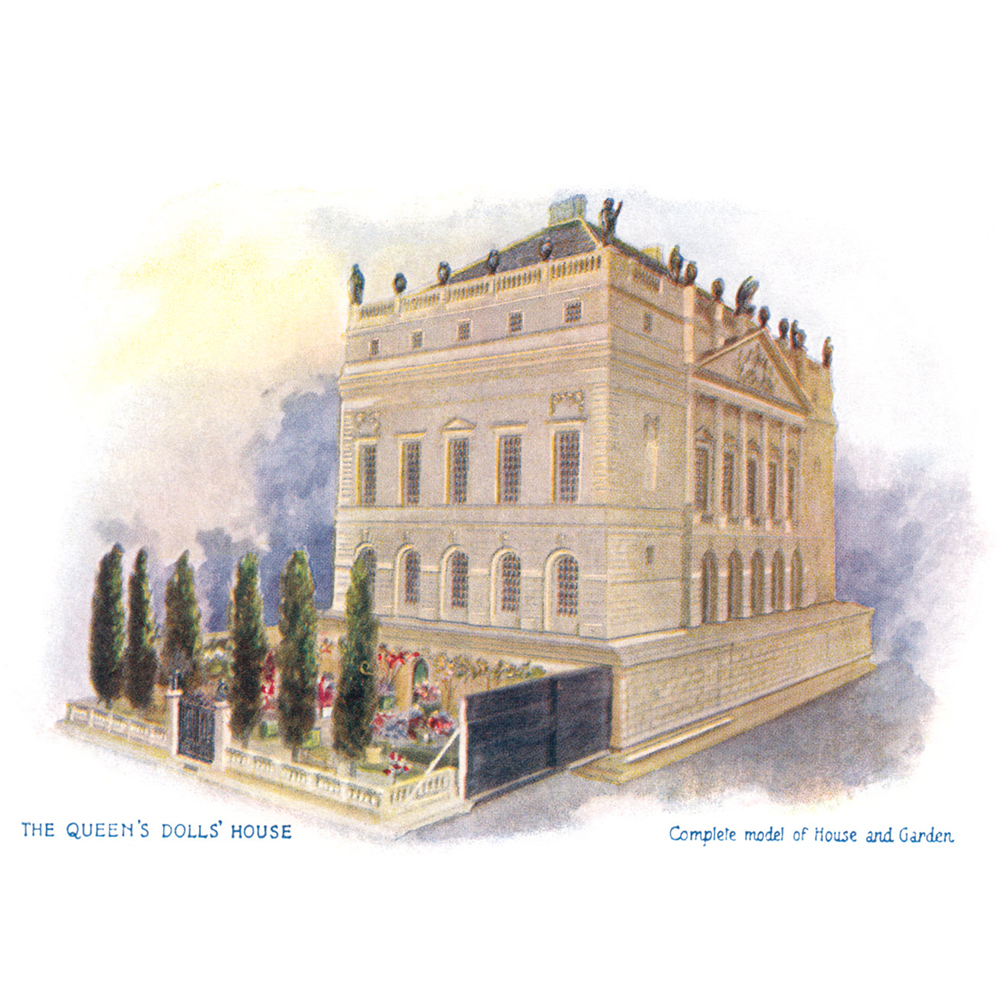
Postcard of Queen Mary's Dollhouse by R. Tuck
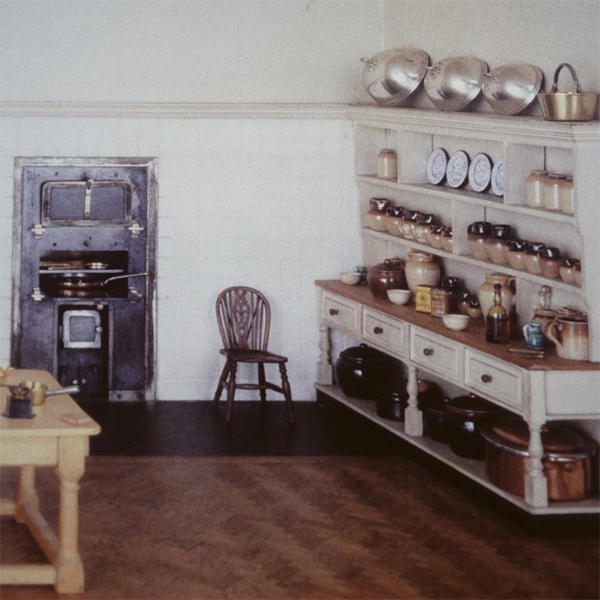
The kitchen in Queen Mary's Dollhouse
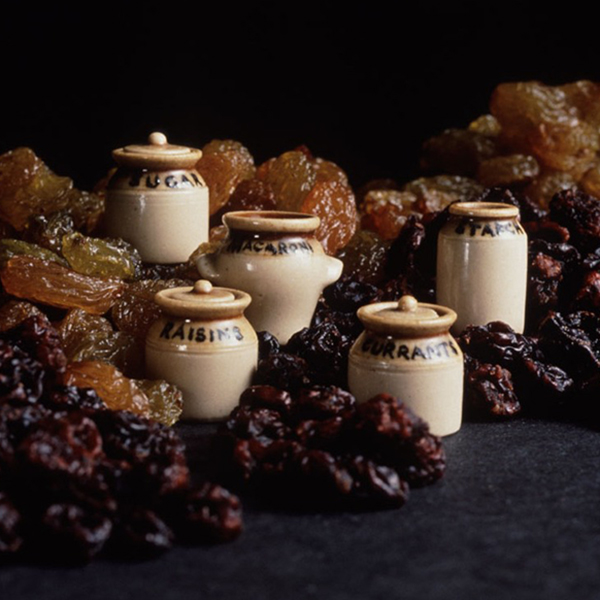
Queen Mary's Dollhouse Doulton Storage Jars
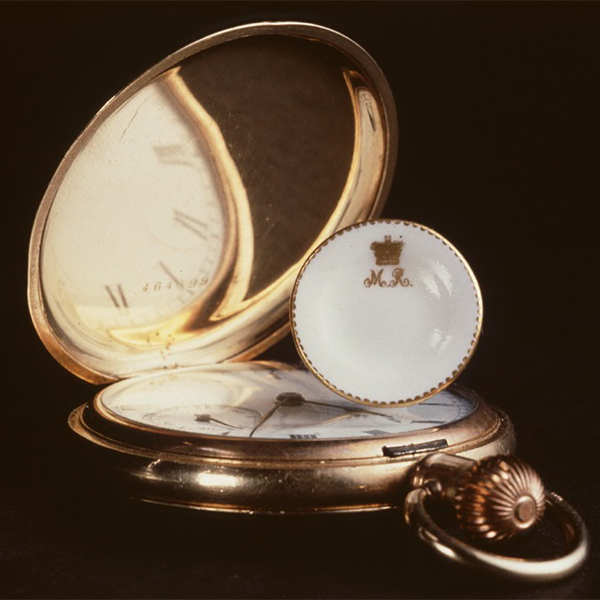
Doulton Tableware for Queen Mary's Dollhouse
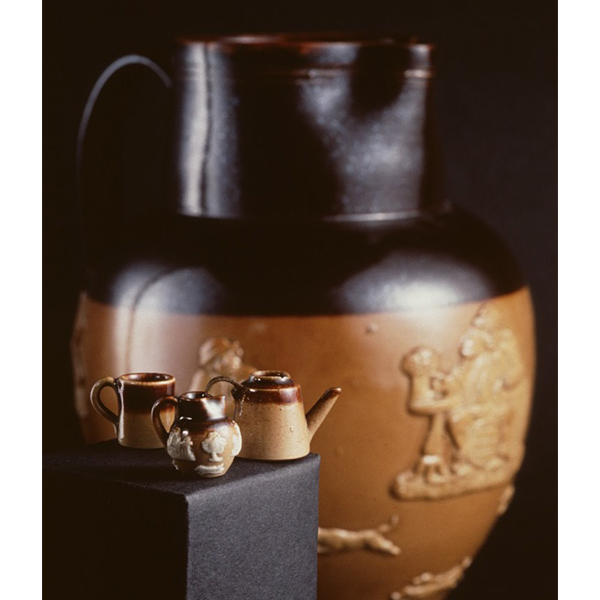
Doulton Minis for Queen Mary's Dollhouse
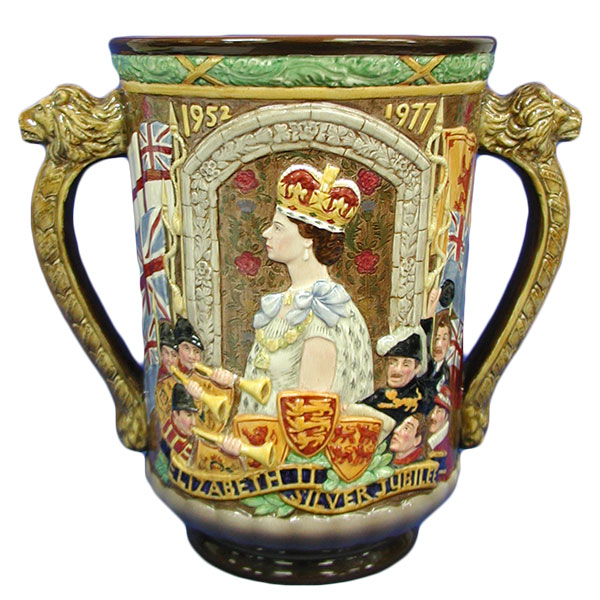
Queen Elizabeth II Jubilee Loving Cup
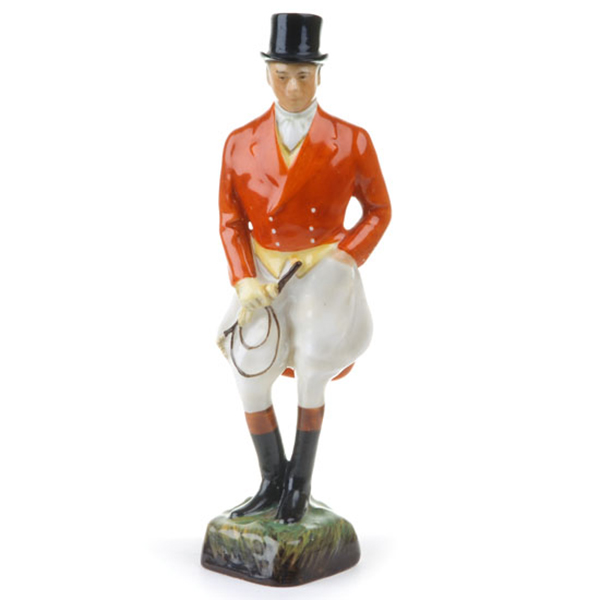
Edward Prince of Wales
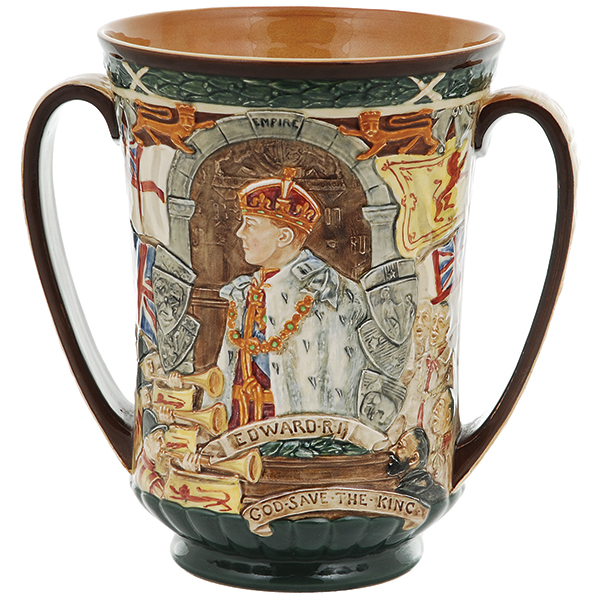
King Edward VIII Loving Cup
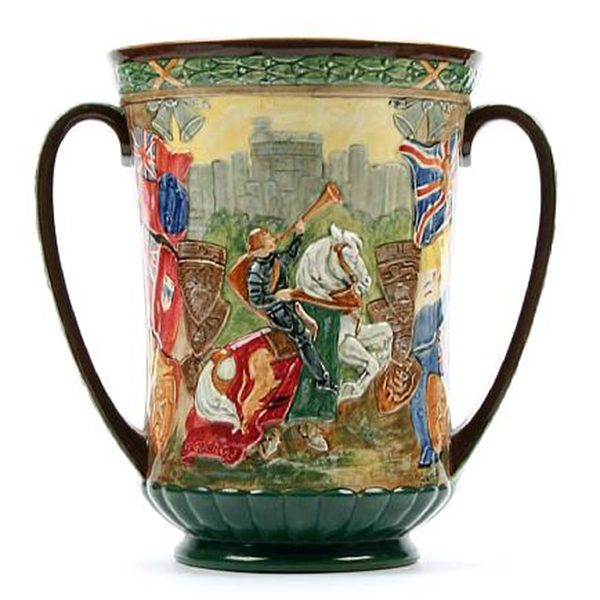
King George VI Coronation Loving Cup
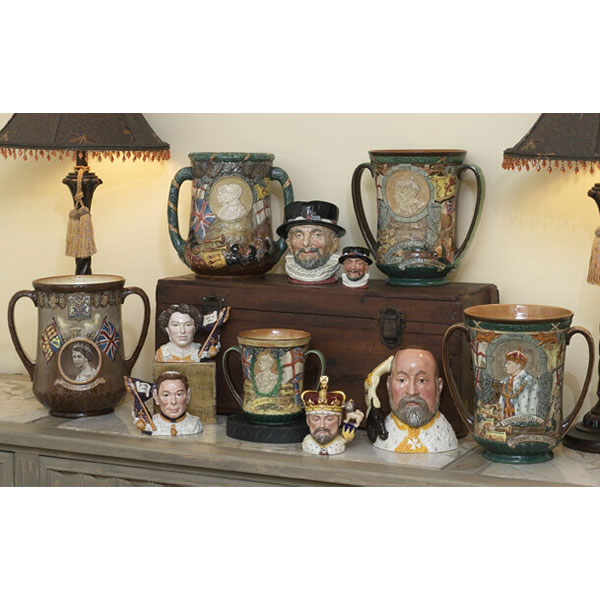
Royal Loving Cups & Jugs
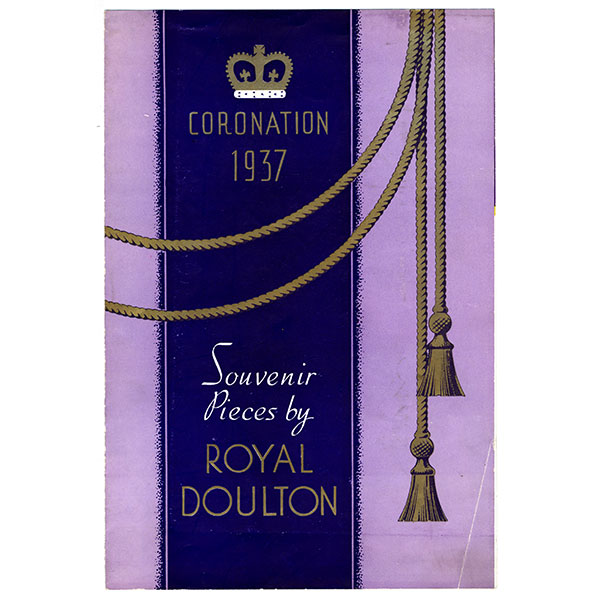
Coronation Souvenirs 1937
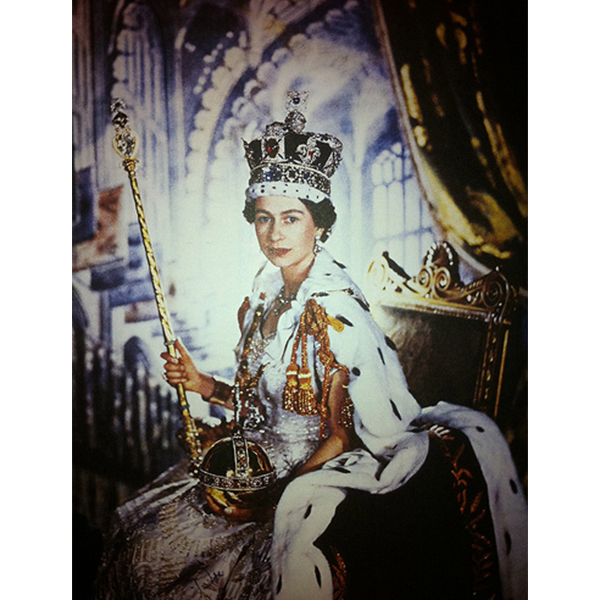
Queen Elizabeth II Coronation gown
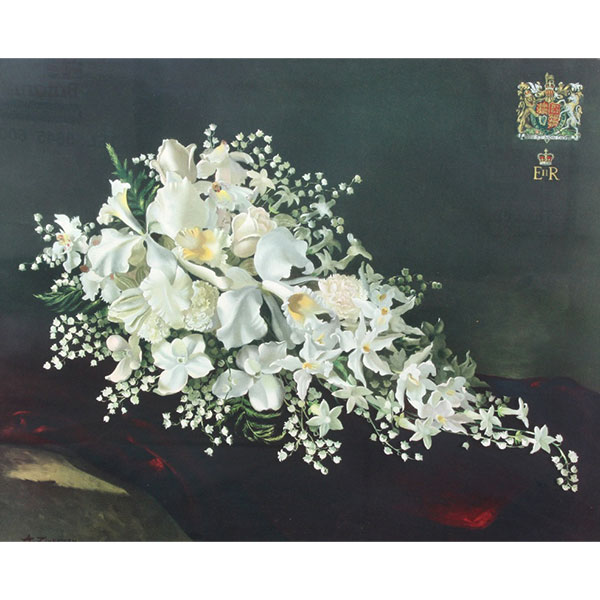
Coronation corsage of Elizabeth II
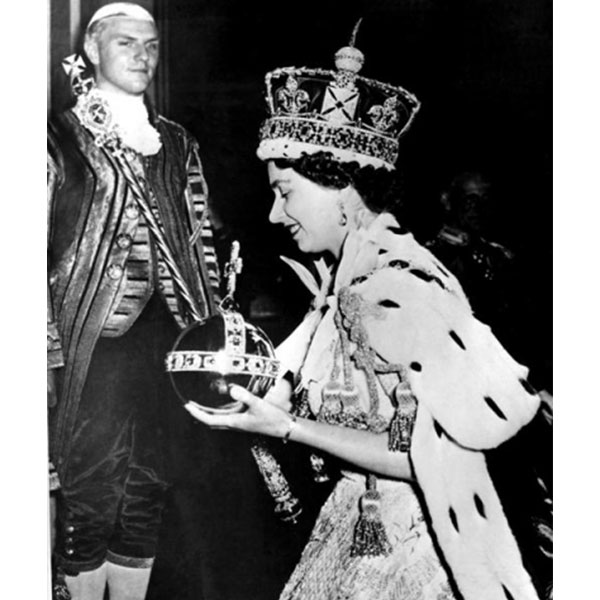
Queen Elizabeth II with Coronation Orb
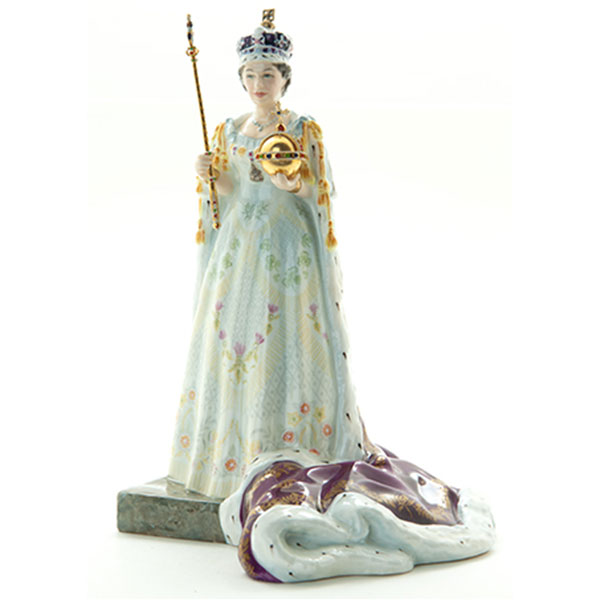
Queen Elizabeth II by A. Maslankowski
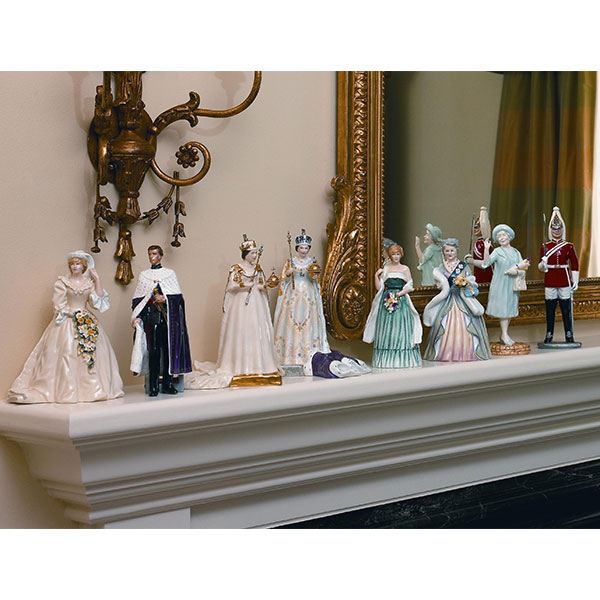
Royal Family Figures Royal Doulton
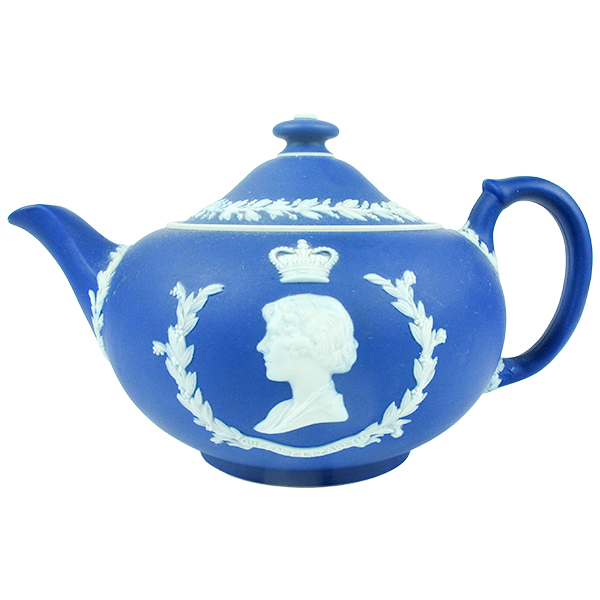
Wedgwood Queen Elizabeth II Coronation Teapot
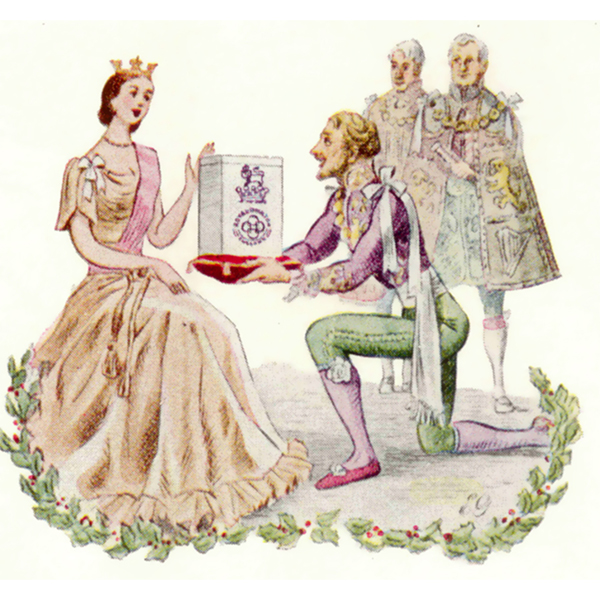
Royal Doulton "Give Royally" ad
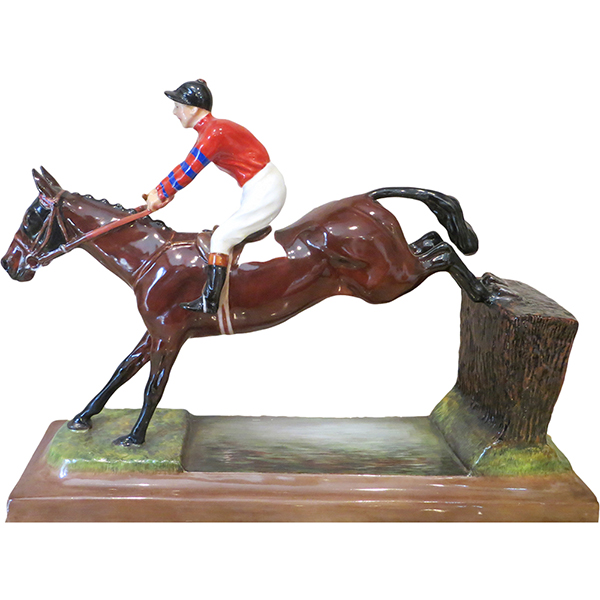
Royal Doulton Monaveen
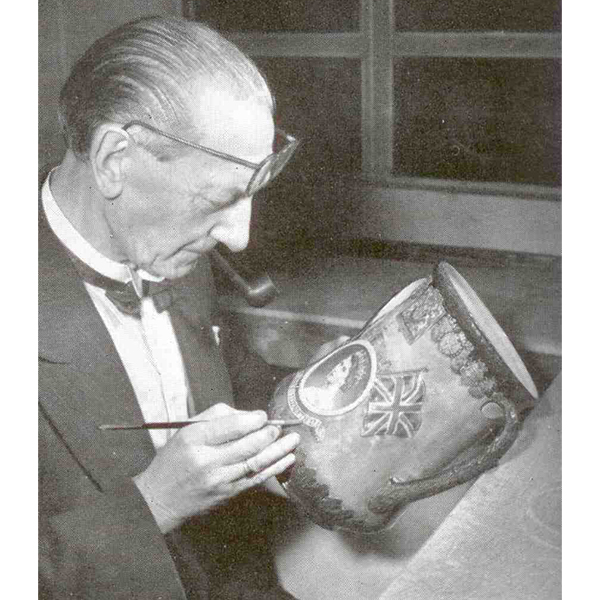
William Grace with Queen Elizabeth II Loving Cup
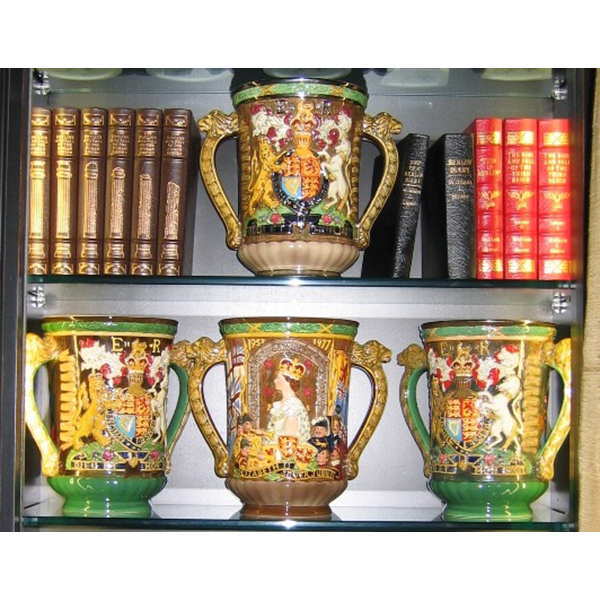
Queen Elizabeth II Loving Cups
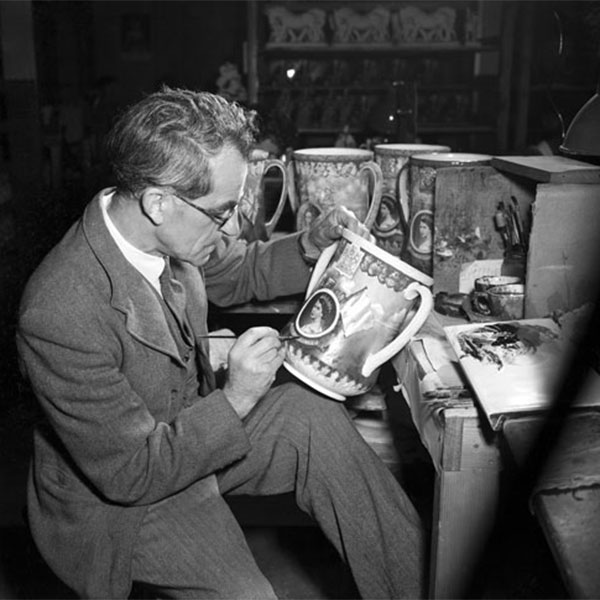
Queen Elizabeth's Coronation Loving Cup being painted
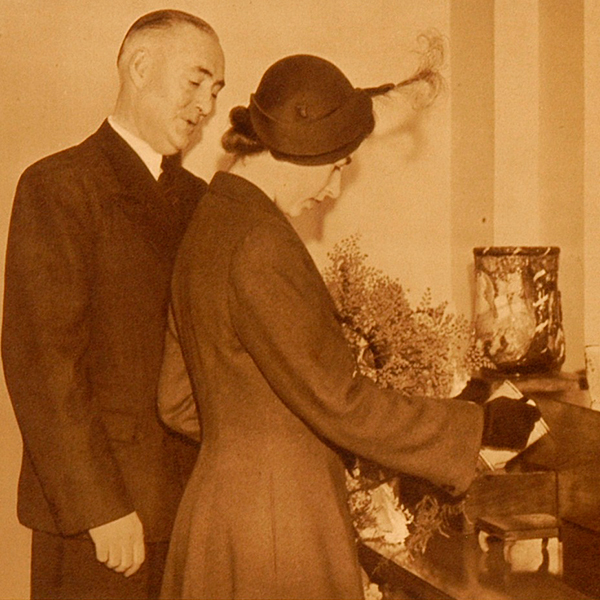
Princess Elizabeth with Royal Doulton commemoratives
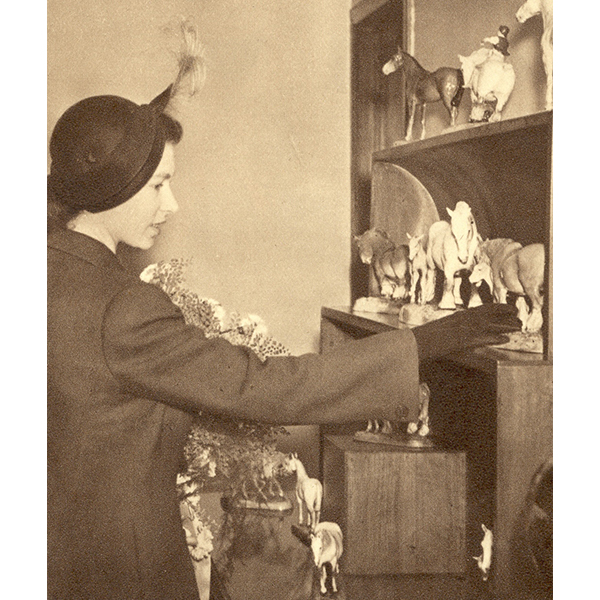
Princess Elizabeth admiring horses at Royal Doulton
